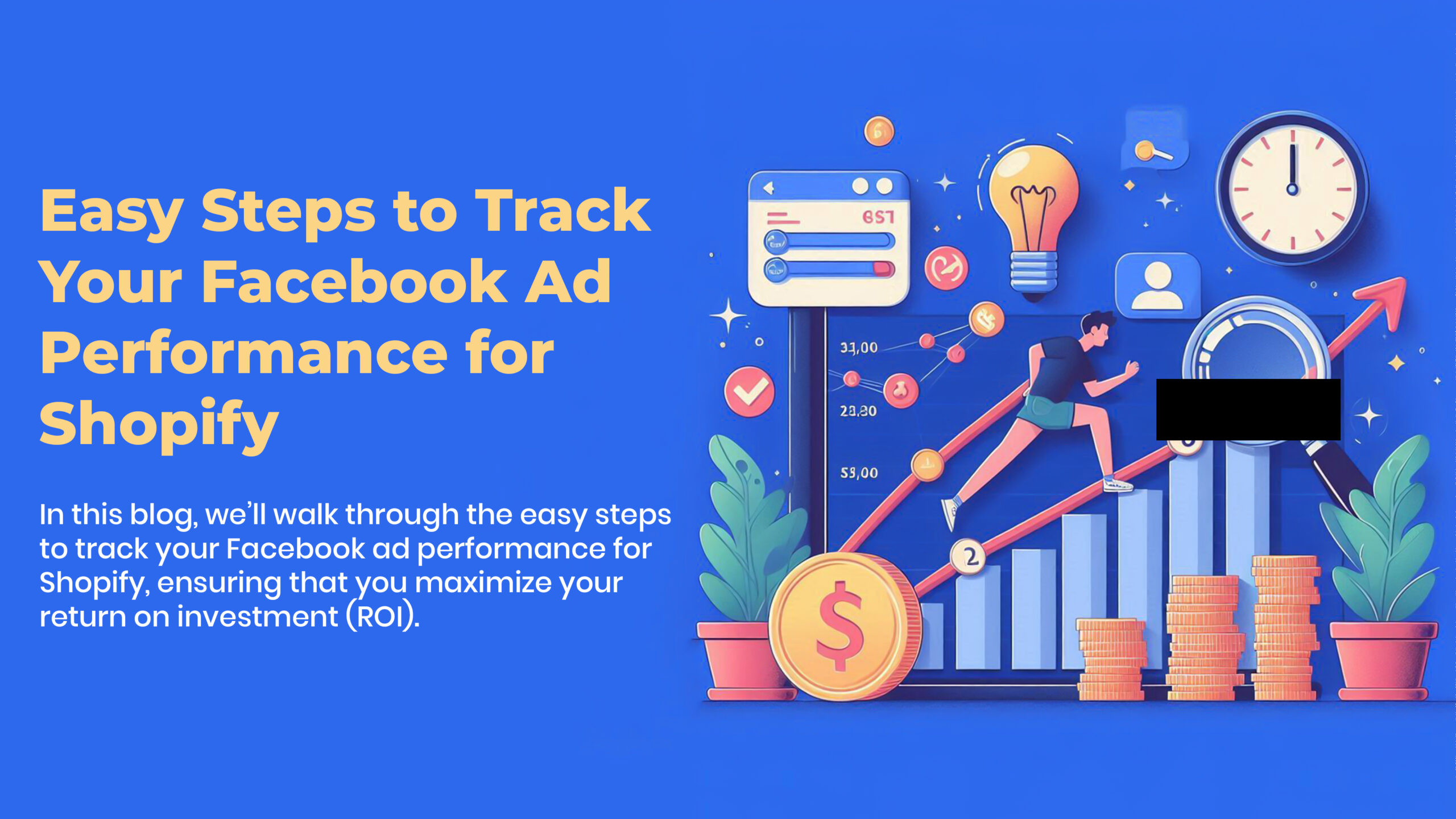
Running Facebook ads can be a game-changer for your Shopify store, helping you boost traffic, generate leads, and drive conversions. However, to truly harness the power of Facebook ads, it’s essential to track their performance effectively. In this blog, we’ll walk through the easy steps to track your Facebook ad performance for Shopify, ensuring that you maximize your return on investment (ROI). And while we’re on the topic of ads, understanding how to choose Google Ads management service is just as crucial when working with multiple ad platforms to boost your business.
Before diving into the tracking steps, it’s essential to understand why tracking Facebook ads is important. Here’s why:
Now that we know why tracking matters, let’s explore the step-by-step process to effectively monitor your Facebook ad performance on Shopify.
The Facebook Pixel is a must-have tool for tracking conversions, ad performance, and customer behavior on your Shopify store. Follow these steps to install it:
Once installed, the Facebook Pixel will automatically track important events like purchases, add-to-cart actions, and page views, giving you valuable insights into how your ads are driving traffic and sales.
Facebook Ads Manager is your go-to tool for tracking ad performance. Here’s how you can use it effectively:
Monitoring these metrics in Facebook Ads Manager allows you to adjust your campaigns to achieve the best possible results.
Shopify provides a built-in analytics tool that tracks various key performance indicators (KPIs) related to your Facebook ads. Here’s how to use Shopify’s analytics tools:
These analytics reports give you a detailed view of how your Facebook ads are impacting your sales and overall business performance.
While the Facebook Pixel automatically tracks many conversions, you may want to set up custom conversions to track specific customer actions that matter most to your Shopify store. To create custom conversions:
This additional layer of tracking allows you to get more granular insights into specific customer behaviors that drive business growth.
The secret to a successful Facebook ad campaign lies in continuous testing and optimization. Here’s what you can do:
By continuously testing and optimizing, you’ll ensure that your Facebook ads deliver better results over time.
Now that we’ve covered Facebook ads, it’s worth mentioning the importance of Google Ads in your digital marketing mix. Choosing the right Google Ads management service is essential to ensure your Google ad campaigns are as successful as your Facebook ads. Here are some key factors to consider when deciding how to choose Google Ads management service:
If you’re running both Facebook and Google ads, it’s vital to use services that excel at managing both platforms. Knowing how to choose Google Ads management service that complements your Facebook ad efforts will boost your overall marketing strategy.
Final Thoughts
Tracking your Facebook ad performance for Shopify is essential to ensuring your campaigns are successful and yielding the best ROI. By following these steps—installing the Facebook Pixel, using Ads Manager, leveraging Shopify’s built-in analytics, and setting up custom conversions—you’ll have all the tools you need to monitor and improve your ad campaigns.
Additionally, knowing how to choose Google Ads management service is just as important if you’re diversifying your ad strategy. Both Facebook and Google ads play pivotal roles in digital marketing, and when tracked and optimized correctly, they can significantly boost your Shopify store’s success.
If you’re looking for a service to help with your e-commerce marketing needs, whether it’s for Facebook ads or Google Ads, check out our offerings at SoftcoPK for expert management services.
Our prime focus is on providing Effective and Affordable IT solutions through its capable IT and Business management unit which possesses diverse strategies, incorporating latest market trends & technical expertise. We owe this ability to impart cent percent customer satisfaction to our professional team-players who have set forth their own unique standards of accomplishing all tasks. The mission of providing Effective and Affordable IT services and IT management services requires continuous research and out of the box ideas.
24/7 Support
online support

Our prime focus is on providing Effective and Affordable IT solutions through its capable IT and Business management unit which possesses diverse strategies, incorporating latest market trends & technical expertise.